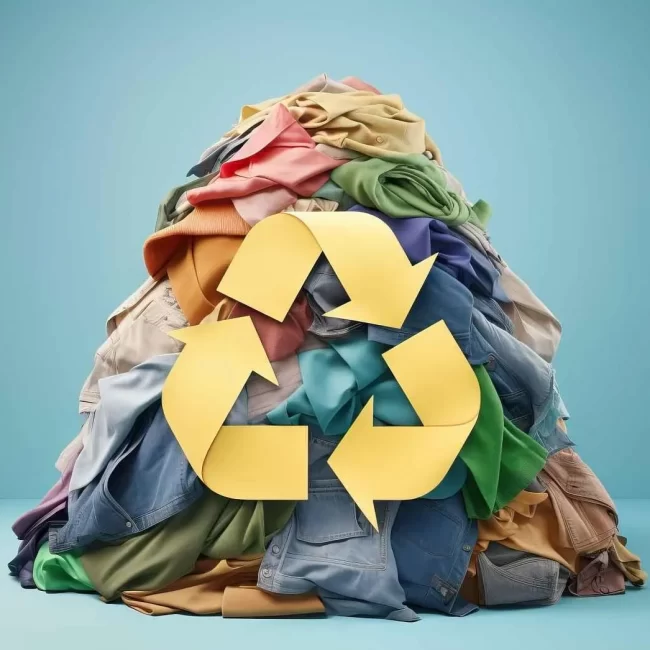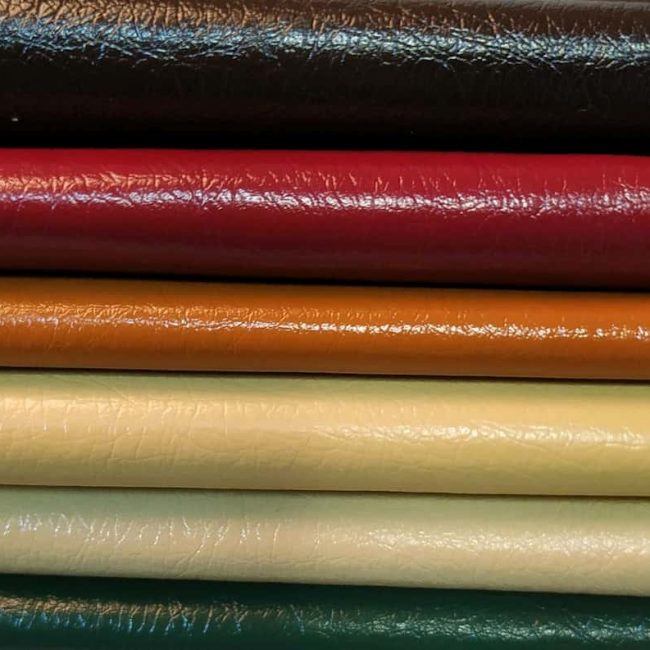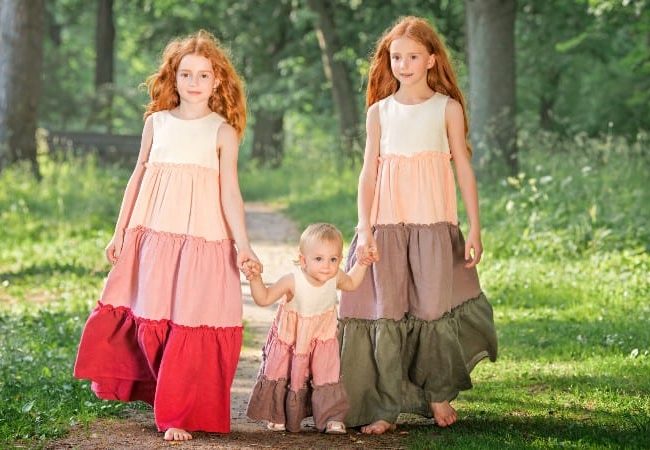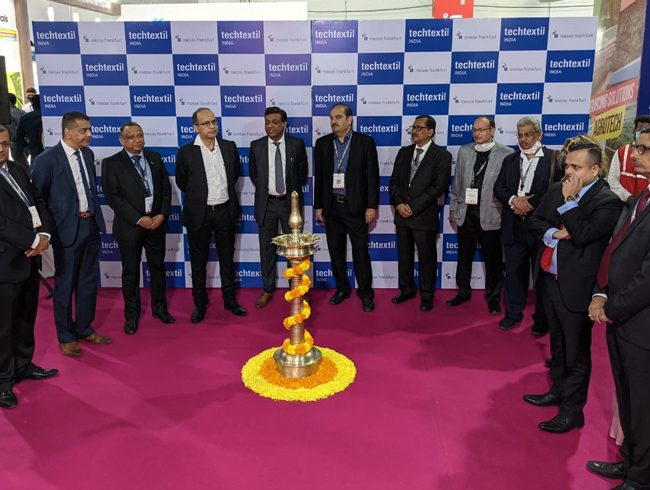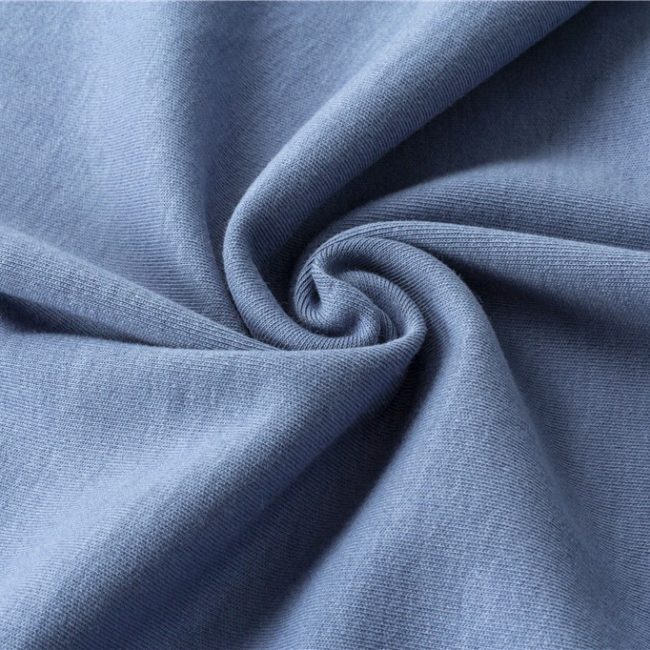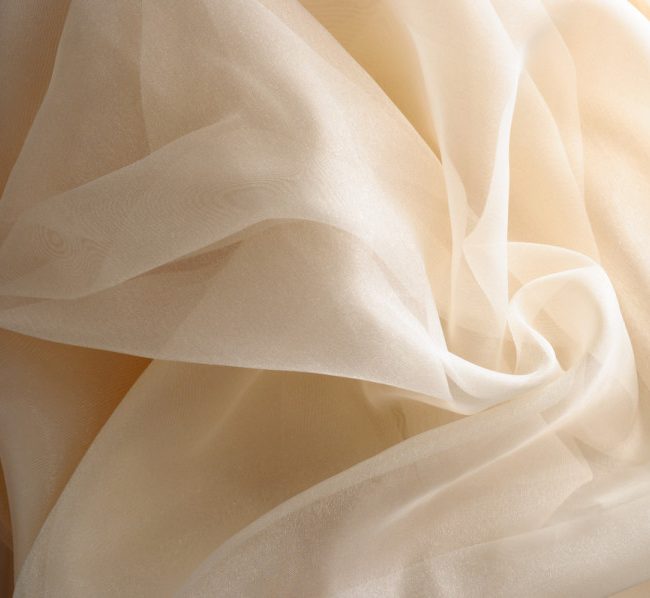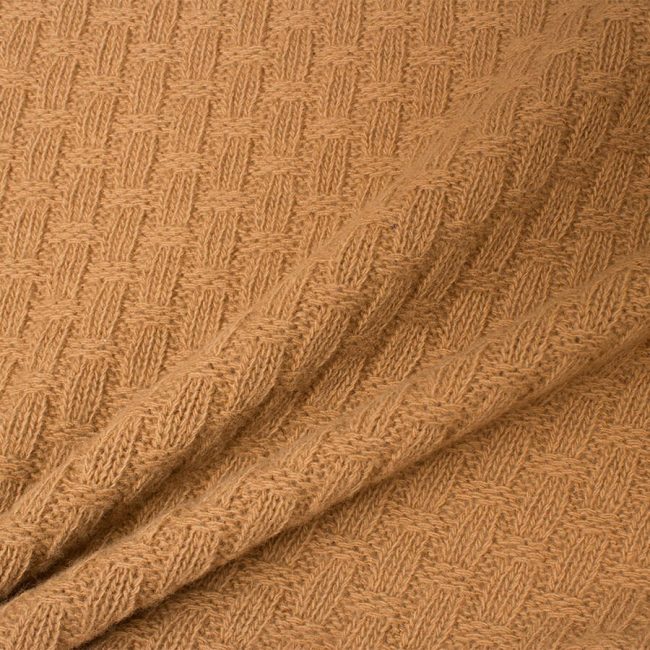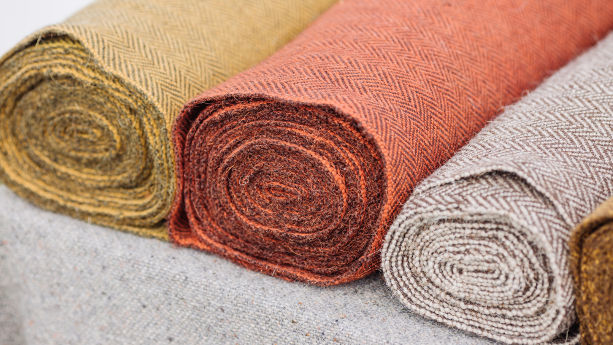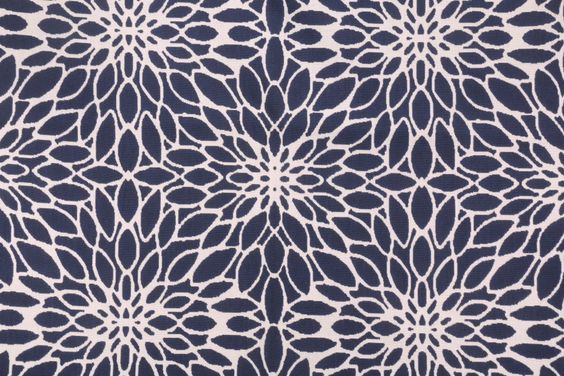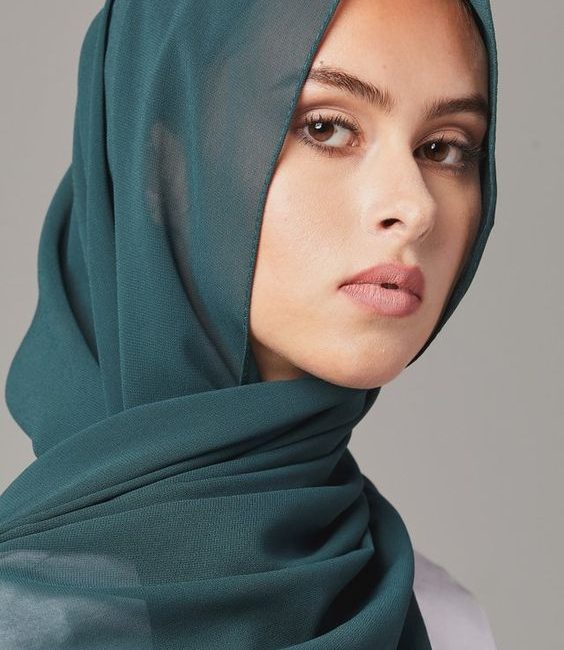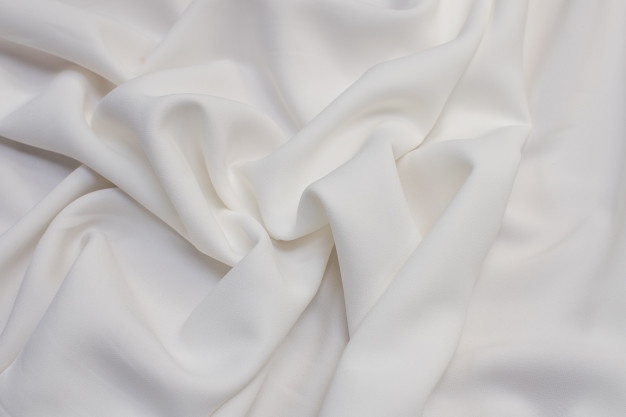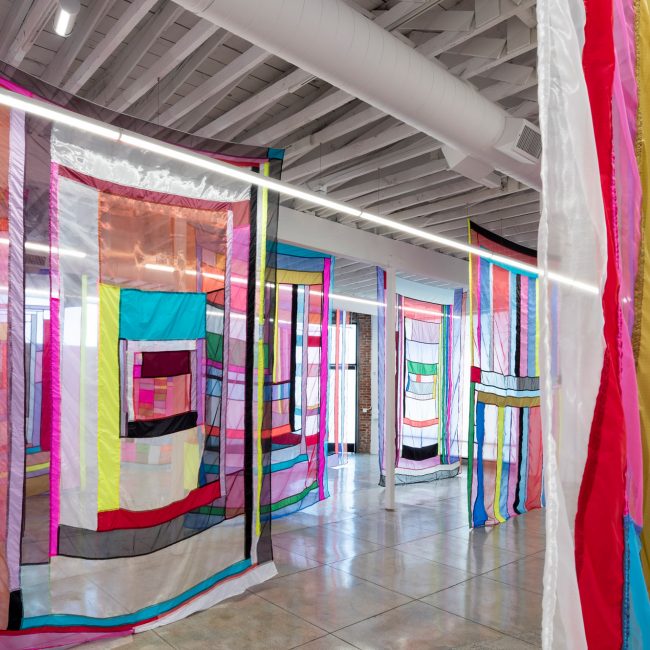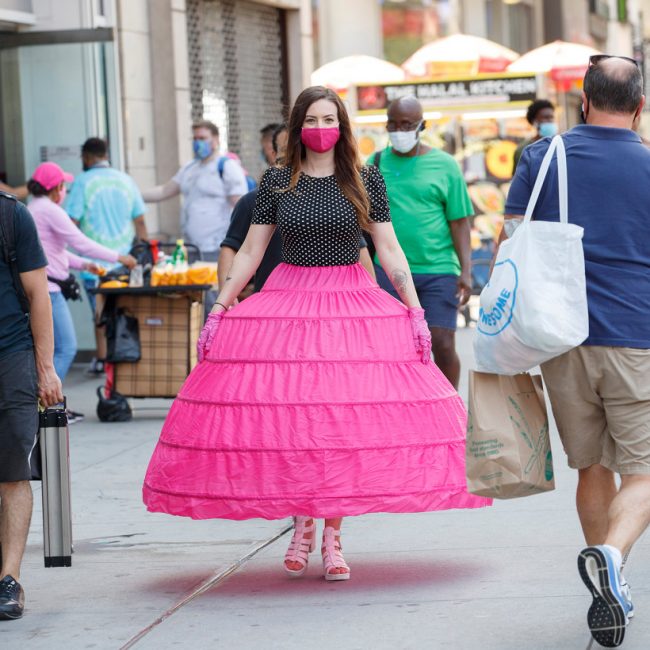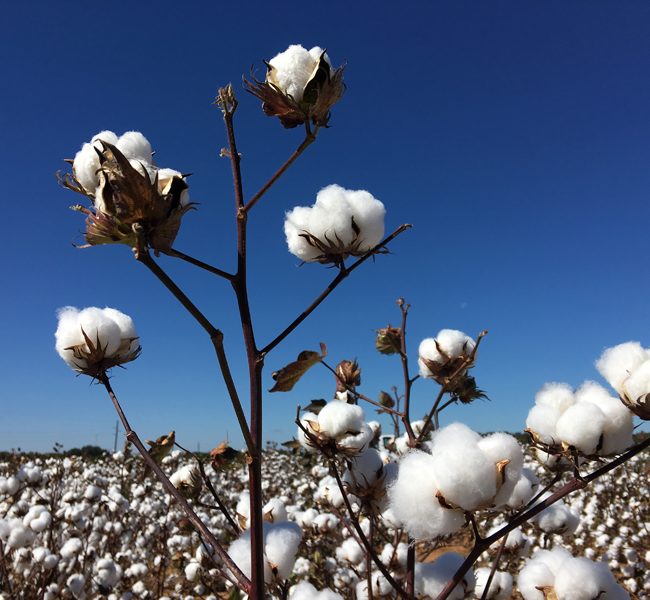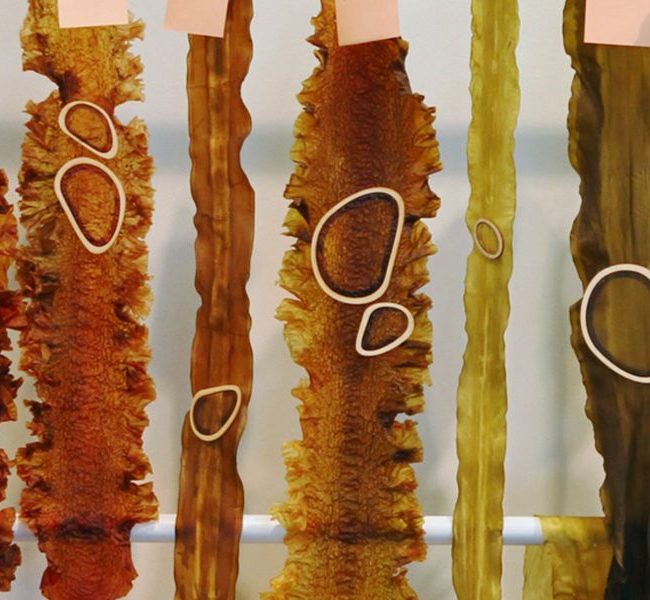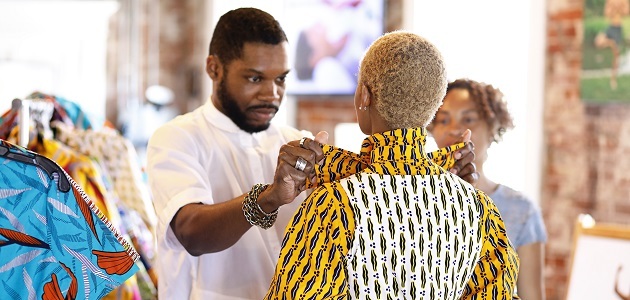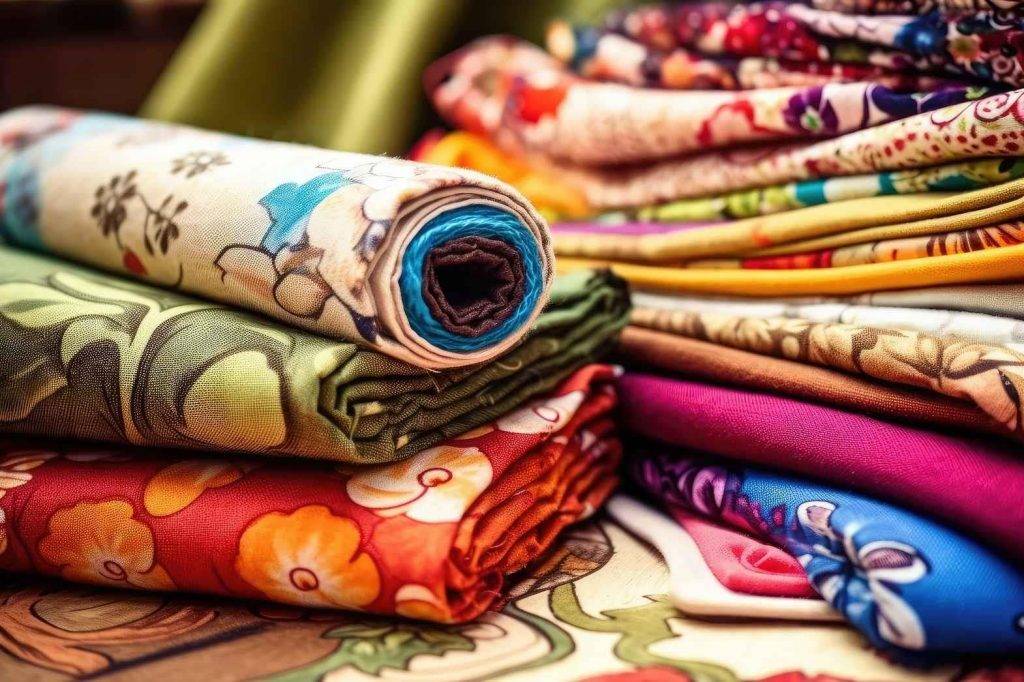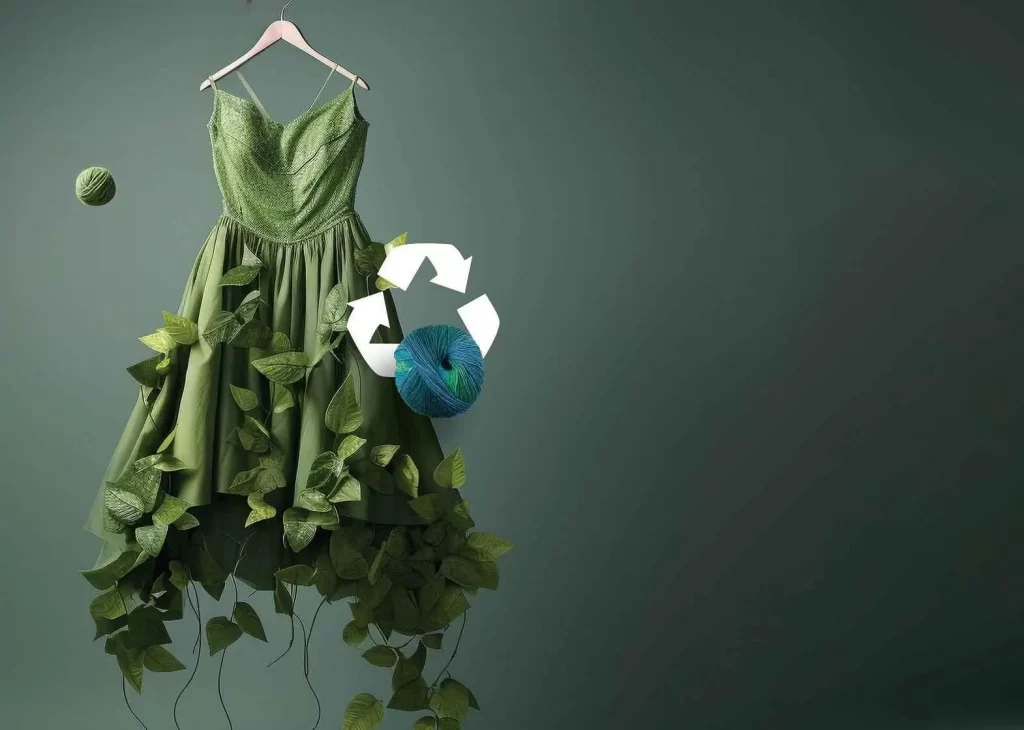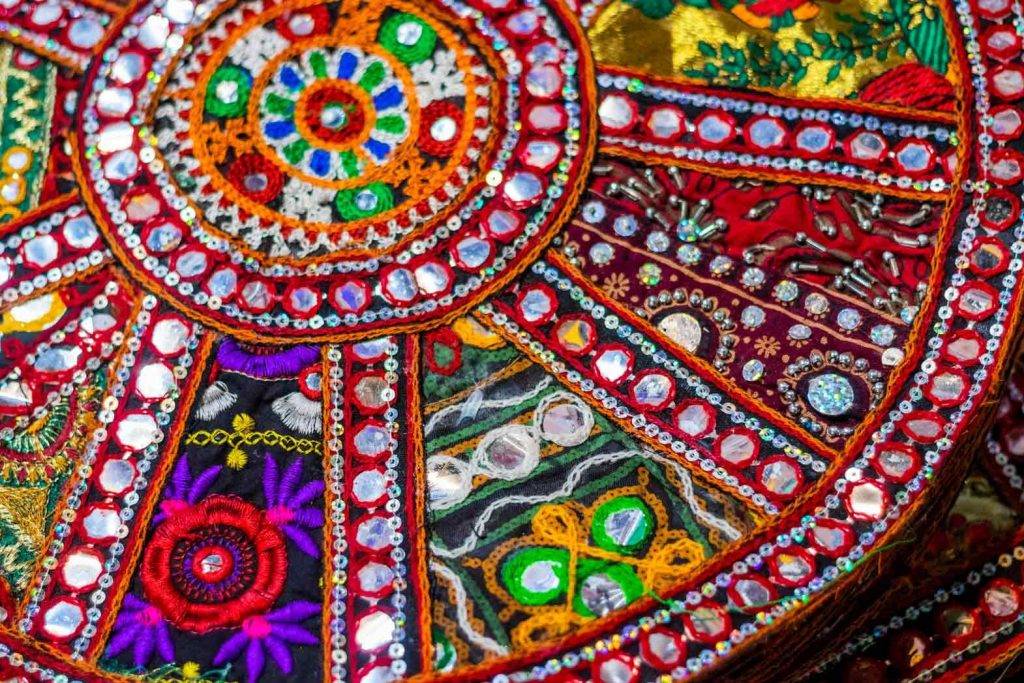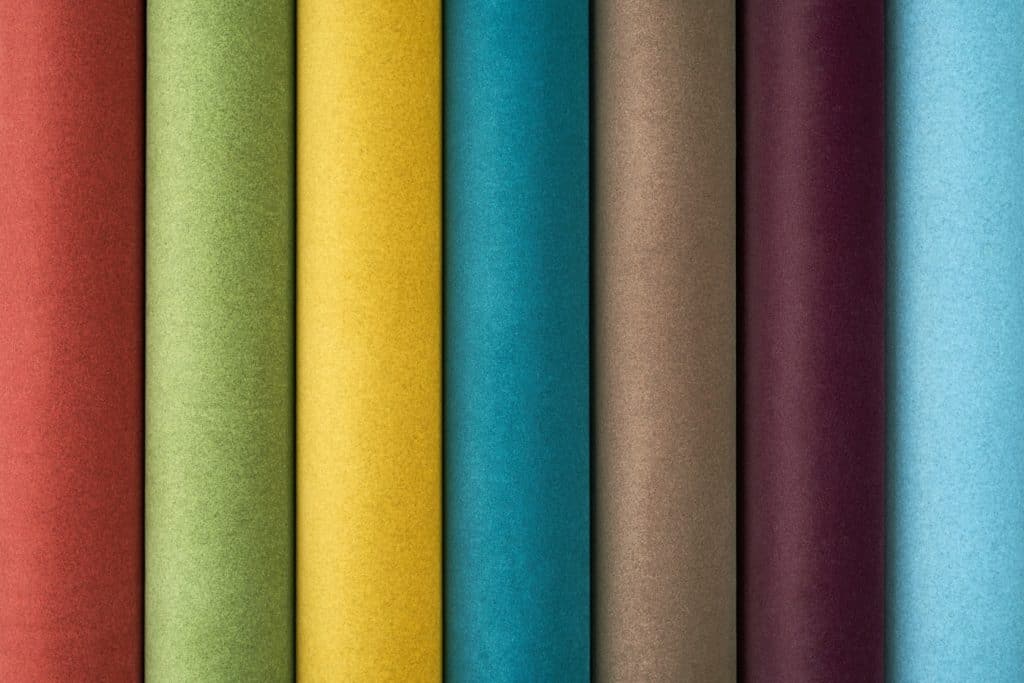Best quality fabrics for clothes | Top 10 textile countries in the world

Textile makers in close proximity with shared cultural heritage exemplify the craft environment of a region. They manage the production of culturally and socially significant clothing, structuring local natural fibres. However, the growing interest in craft and artisanship, and its connections to art, design, and creation, is not fully understood yet. Textile artisanship represents the human-centred economic activity of shaping local fibres into beautiful, functional clothing. While there are no limits on the quantity of craft goods, artisans’ direct control over manufacturing often results in limited editions of unique clothing. This allows artisanship to meet the need for flexible, customised outputs, connecting regional realities with international markets. Beyond individual experiences, artisanship reflects communal life, aiming to create commonly used societal objects. Communities of textile artists employ regional resources and aesthetic references, incorporating socio-cultural traditions passed down from generations into their textiles and clothing.
Challenges
The textile industry holds significant potential for sustainable growth within the artisan landscape. This is due to the abundance of locally produced fibres, the employment of talented craftsmen, and its broad applications in furniture, consumer goods, and fashion amidst rising consumption patterns. The textile industry’s production chain is complex, involving farmers, manufacturers, merchants, service providers, and waste management.
On the other hand, natural fibres are becoming increasingly expensive and inaccessible for craftspeople, leading many to shift to mass production due to resource depletion and urban industry localisation. Fast fashion, characterised by the rapid and inferior quality production of clothing, has overshadowed products traditionally crafted by skilled textile artists. This shift towards quick consumption and disposal practices has led to the emergence of ‘fast landfills’, neglecting the producers, history, and the environment.
As a result, many artisans have entered the informal sector where they often find low-quality jobs without formal education or organisation. In developing countries, artisans are particularly vulnerable to monopolies, market corruption, and a lack of global consumer trend awareness.
Furthermore, there is a generational gap in artisanship, leading to fewer women continuing traditional textile production. Young craftspeople lack inspiration and motivation. Government and non-government organisations are implementing top-down policies to preserve traditional artisanship. However, these often fall short in establishing fair work practices, human rights, quality standards, and fair pricing for handicrafts.
Circular Economy
The apparel value chain, employing over 9 per cent of global workers, is vital for the livelihood of millions in various developing nations. The circular economy, a new sustainability paradigm, has been adopted by established firms and startups in this sector, enhancing its economic, environmental, and social aspects. Jobs are generated through various circular strategies (CSs), such as recycling, renting, repairing, and reselling items. Although these CSs can create employment, their quality, community impact, gender equality, and inclusiveness need careful evaluation to address potential negative consequences and trade-offs.
The use of CSs poses challenges to worker and community health and safety due to the extensive use of hazardous chemicals in textile waste’s production, disposal, and recovery. During the first half of the 20th century, industrial labour in textile and garment assembly units offered rural women in developed and emerging countries access to the formal economy. By the 1970s, textile producers had established multiple international assembly lines relying on a distributed, feminised workforce worldwide. In the 1990s, driven by cheaper labour and lax regulations, many brands relocated their production to developing countries while retaining the more value-added aspects (marketing and sales) in developed nations.
Despite employment being a key factor in poverty reduction, the prevalence of low-quality jobs prevents employees from gaining favourable conditions. Ideal jobs should benefit not only the workers but also their families and the community.
Towards Sustainable Future
Sustainable textiles have a significant social impact, empowering communities worldwide. Adopting sustainable practices and promoting ethical production provides employment for marginalised communities, ensuring fair wages, safe working conditions, and preserving traditional craftsmanship. Sustainable textiles contribute to environmental conservation by reducing waste, water consumption, and pollution. These initiatives promote a more equitable and inclusive society, benefiting society as a whole and serving as a catalyst for positive change.
To counteract the unsustainable growth of global mass-produced clothing, innovative design techniques are being explored. These include flexible and redistributed manufacturing, circular and sharing economies, and grassroots service innovations. Living responsibly, considering environmental challenges, social justice, and economic fairness, is essential for holistic sustainability. Textile crafting can aid sustainable development by preserving cultural heritage, creating social jobs, nurturing creative economies, and enhancing environmental stewardship.
Designers play a pivotal role in sustainable development. They need to understand community-based innovative organisational methods, foster social interaction, and collaborate on developing novel solutions. A United Kingdom report by Politowicz and Earley suggests that while many textile initiatives focus on reducing environmental impact during production, initial design decisions can improve a product’s environmental performance by up to 80 per cent. Therefore, collaboration between craftspeople and designers is crucial to address sustainability issues across the textile value chain and establish long-term objectives.
Published research indicates the need for development of new approaches and techniques to assist designers in making decisions about both the tangible and intangible aspects of sustainable textile production. Environmental improvements in production could include reducing resource usage through zero-waste pattern cutting, adaptable fits, and using single materials for efficient garment disposal. Further, craftsmen could be encouraged to use local natural fibres and avoid discharging chemical colours into water systems. Likewise, producers should provide detailed environmental information about clothing origins, enhancing product traceability and supply chain transparency. Developing sustainable business models and fostering micro-economies can help textile craftspeople communities adapt to changing consumer needs. Localising production, preserving cultural heritage, and enabling local communities to drive their own development through creative tourism are vital for the revival of textile crafts in developing nations.
Designers should create effective products and processes while nurturing social and human capital for regional economic growth. Including grassroots communities in decision-making can produce sustainable policies and services that meet local needs. Empowering craftsmen through access to information, role awareness, skill development, and independence is crucial for resilience. Designers should promote a cultural shift from quantity to quality as a driver of sustainable consumption and intensify environmental education efforts. More importantly, creating a Craft Certificate could revitalise craft culture among young students and practitioners.
To bring about real-world change, designers must initiate micro-transformations through sustainable design. Service design, with its human-centred, relational, and systemic nature, is essential for fostering social engagement and building sustainable infrastructures to strengthen artisans’ competitiveness. Service design involves ‘prosuming’ (both producing and consuming) services based on both intangible (social and cultural) and tangible (technical) interactions.
Despite India having a circular economy strategy, textiles are not consistently prioritised in its circular economy national plan. Various think tanks, NGOs, and foreign governments fund circularity-related initiatives and businesses in the industry. The UNEP asserts that more collaborative efforts are needed for transformational outcomes.






